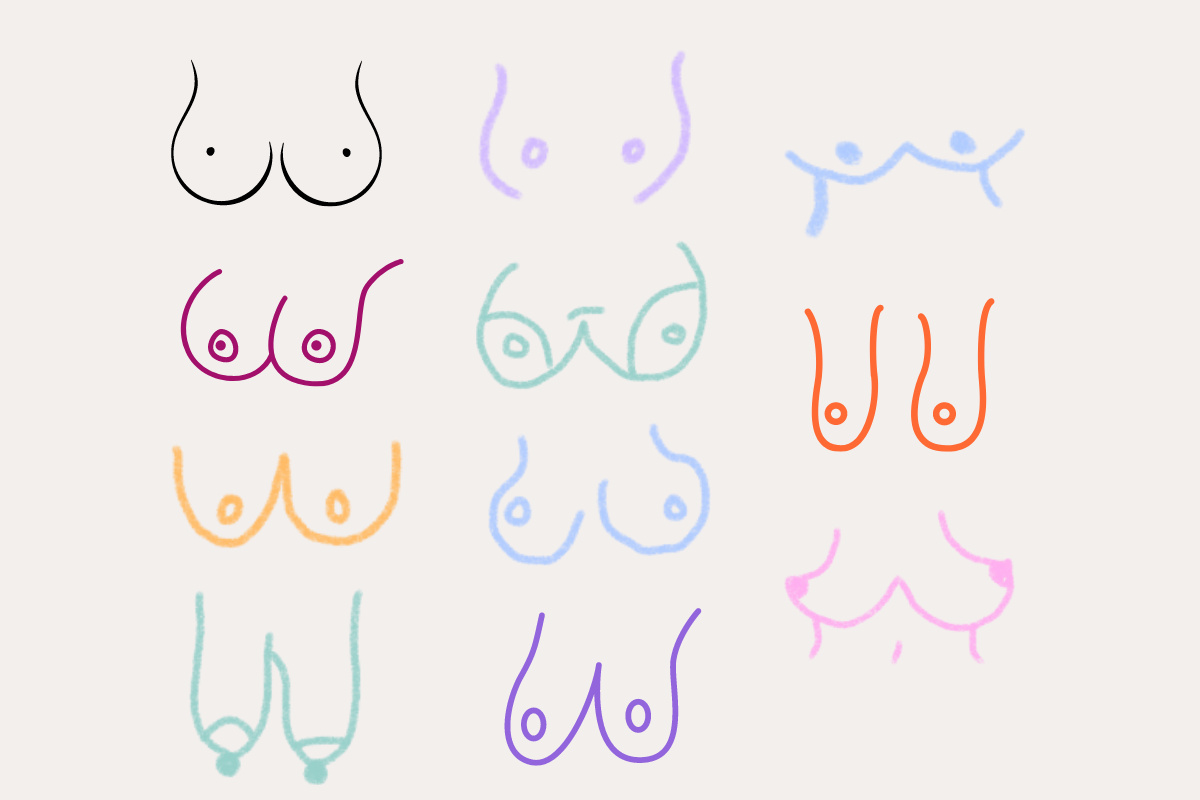Text/Picture: Dr Blue, PhD. Registered Educational Psychologist, Lactation Counselor, Ex Chemist
In the realm of motherhood, there are countless myths and misconceptions that often circulate, especially concerning breastfeeding. One of the most prevalent misconceptions is the belief that breast size and shape have a direct impact on a mother's ability to produce milk. However, this notion is not only false but can also contribute to unnecessary anxiety and self-doubt among new mothers. In this article, we will debunk this myth and explore the truth behind milk production and breast physiology.
Debunking the Myth:
Contrary to popular belief, there is no scientific evidence to support the idea that breast size or shape influences milk production. The ability to produce an adequate supply of milk is primarily determined by hormonal factors and the stimulation of milk-producing cells within the breast, rather than the external appearance of the breast itself.
Understanding Milk Production:
Milk production, also known as lactation, is a complex physiological process regulated by hormones such as prolactin and oxytocin. When a baby feeds at the breast, the stimulation triggers the release of prolactin, which signals the breast tissue to produce milk. Oxytocin, often referred to as the "love hormone," facilitates the let-down reflex, causing milk to flow from the milk ducts to the nipple.
Regardless of breast size or shape, the key factor in maintaining milk production is frequent and effective breastfeeding or milk expression. The more a baby feeds or the more often a mother expresses milk, the greater the stimulation to produce more milk. This principle, known as supply and demand, applies universally, irrespective of breast morphology.
Variability in Breast Size and Shape:
It is essential to recognize that breasts come in a diverse range of sizes, shapes, and textures, all of which are entirely normal and natural. Factors such as genetics, hormonal influences, body composition, and age contribute to variations in breast appearance. However, these variations have no bearing on a mother's ability to breastfeed or produce milk.

Embracing Body Positivity:
In dispelling the myth that breast size and shape affect milk production, it is also crucial to promote body positivity and self-acceptance among mothers. Every woman's body is unique, and the beauty of motherhood transcends external appearances. Whether a mother has small breasts, large breasts, or any other variation, her ability to nurture and nourish her child through breastfeeding is a testament to the strength and resilience of the female body.
Conclusion:
In conclusion, it is important to debunk the myth that breast size and shape dictate a mother's ability to produce milk. Milk production is primarily regulated by hormonal factors and the principles of supply and demand, rather than external breast characteristics. By understanding the physiology of lactation and promoting body positivity, we can empower mothers to embrace their bodies and confidently navigate their breastfeeding journey, regardless of breast morphology.
Remember, all breasts are beautiful, and every mother's journey is unique and worthy of celebration.
Let's celebrate the diversity of motherhood and support each other on this incredible journey!


